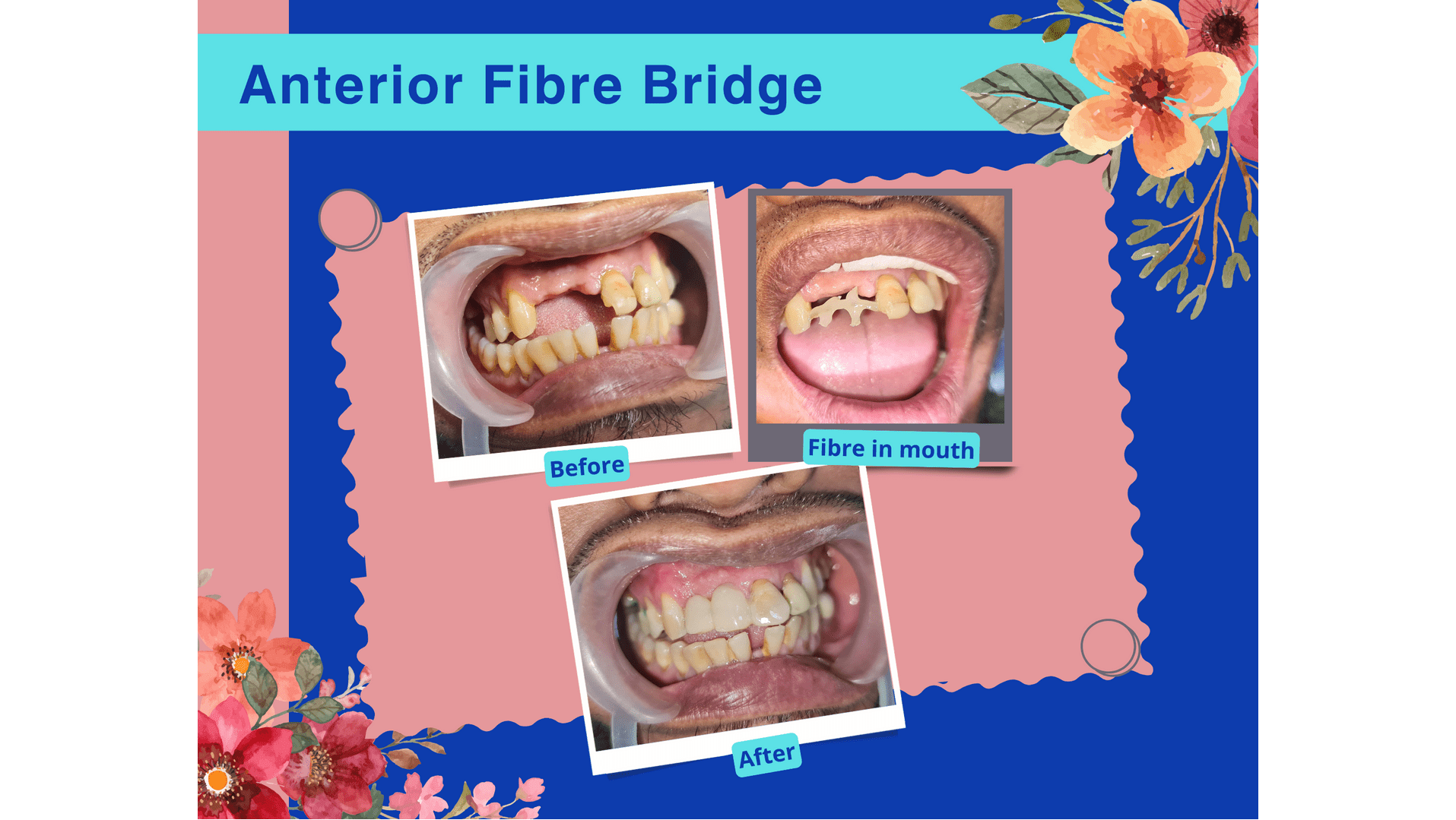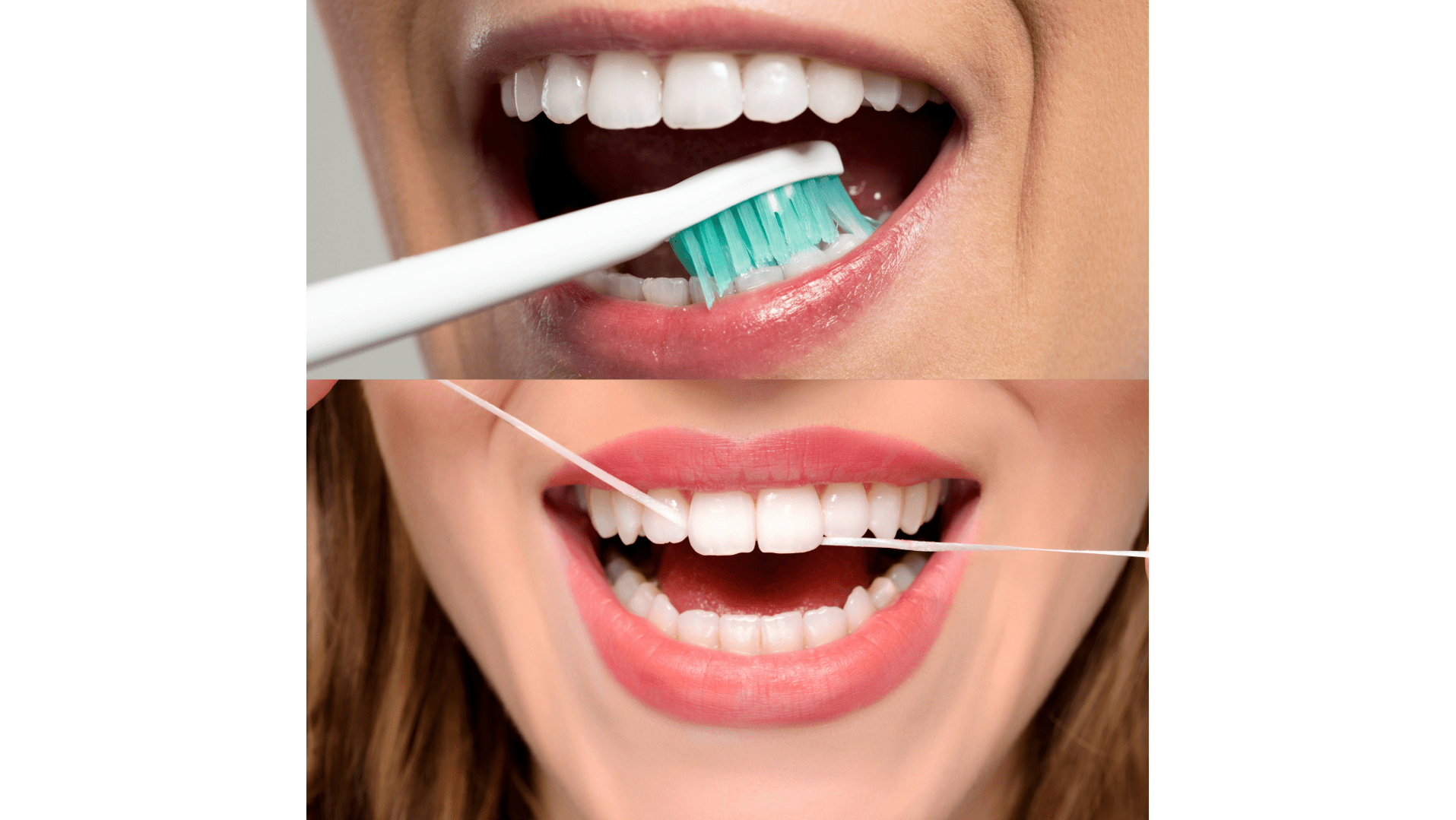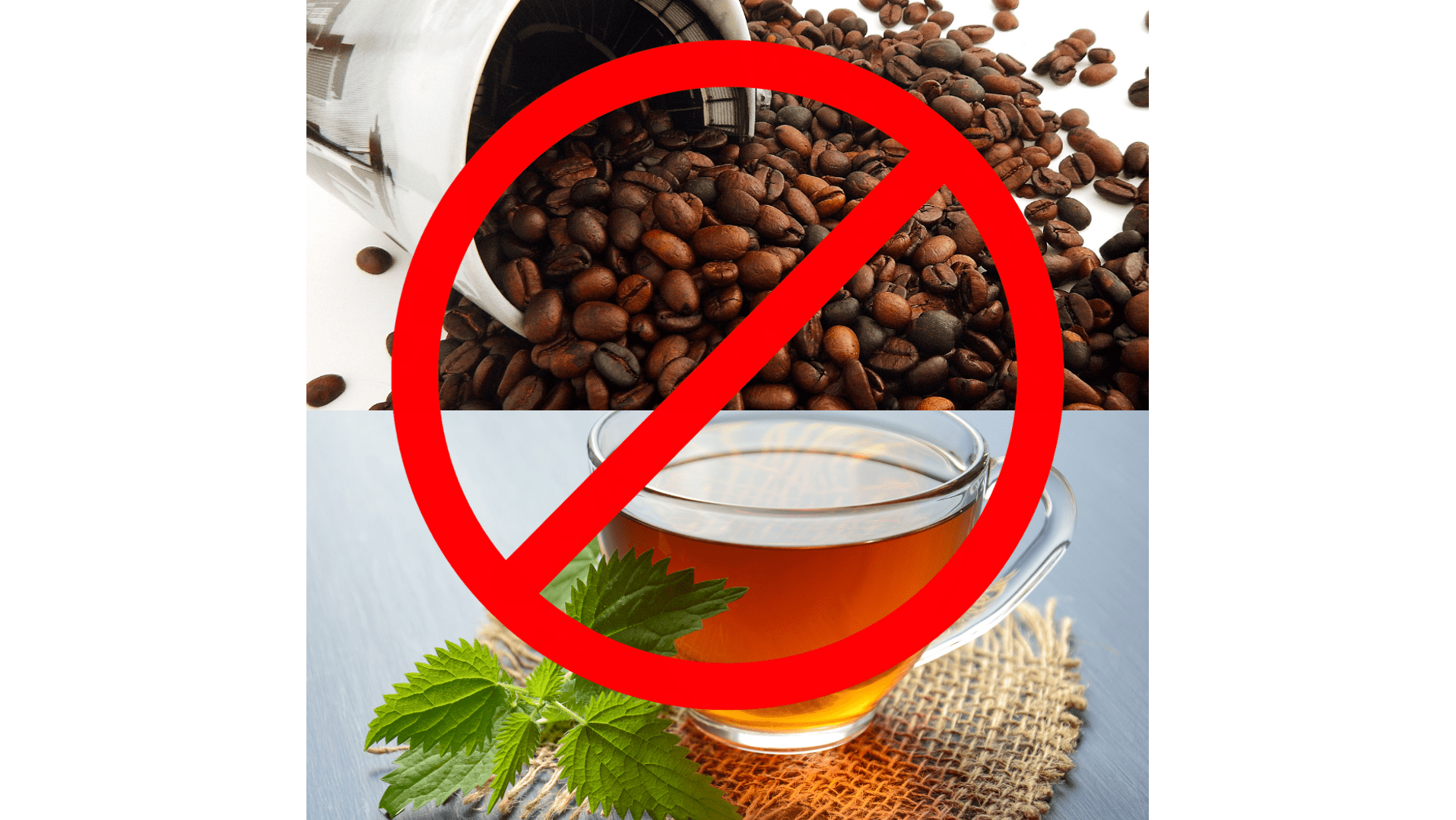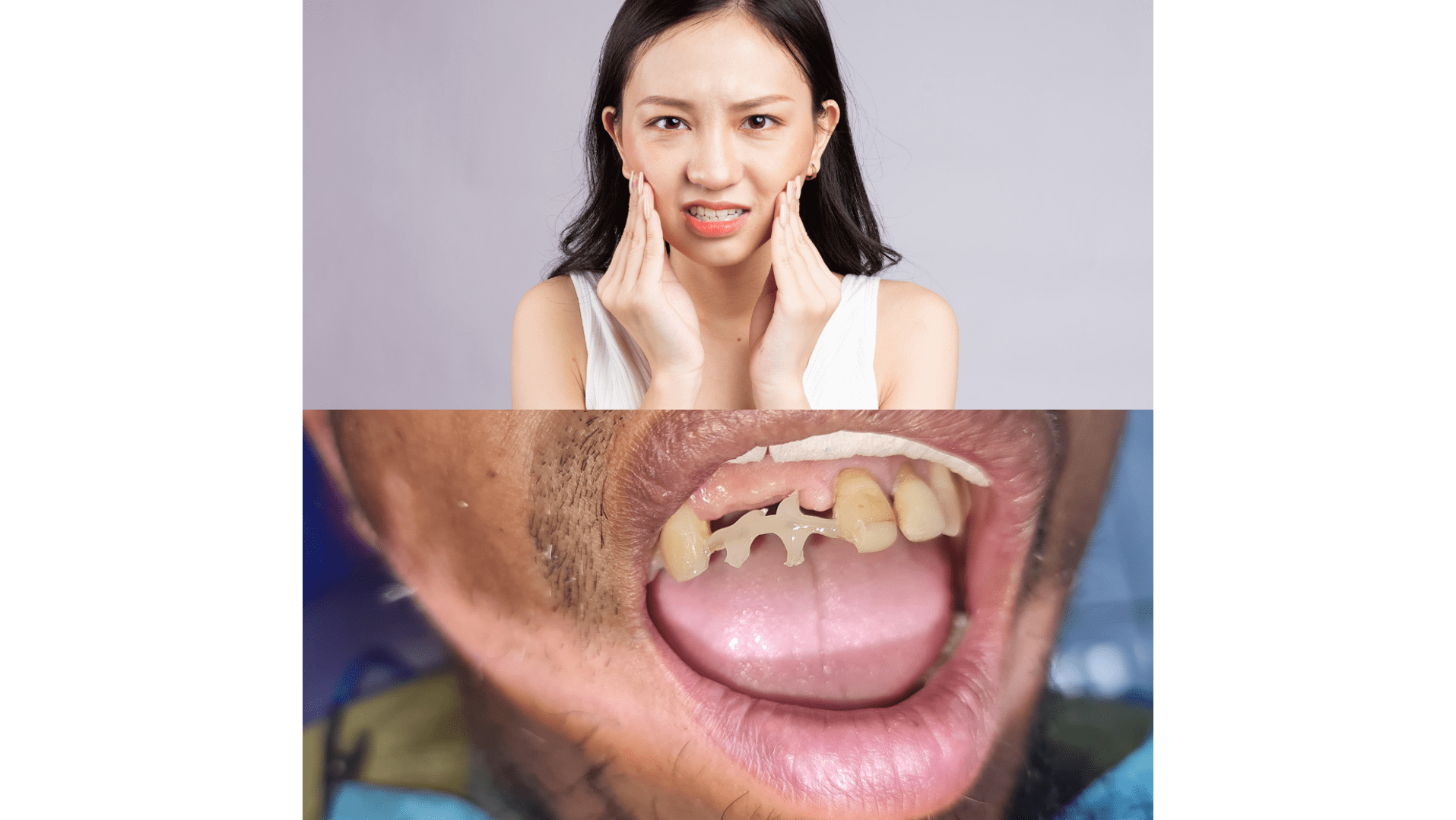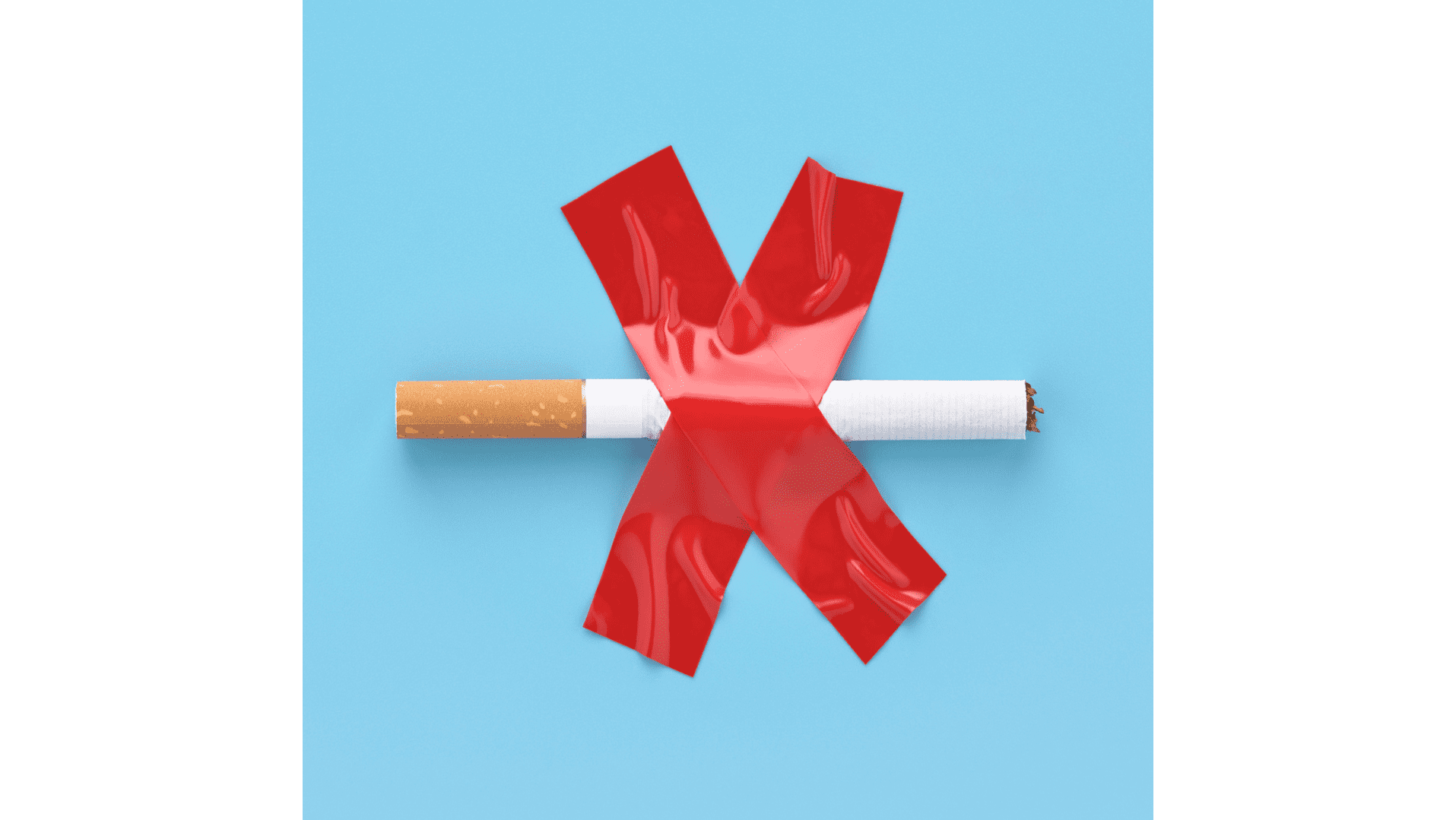1. Avoid Chewing on Hard or Rough Foods
After the procedure, avoid chewing hard foods or using the new fiber bridge area to chew for the first few days. This is to avoid putting pressure on the fiber bridge.
It is best to eat soft foods first (for example, soup, porridge, or foods that do not require much chewing).
.png)
